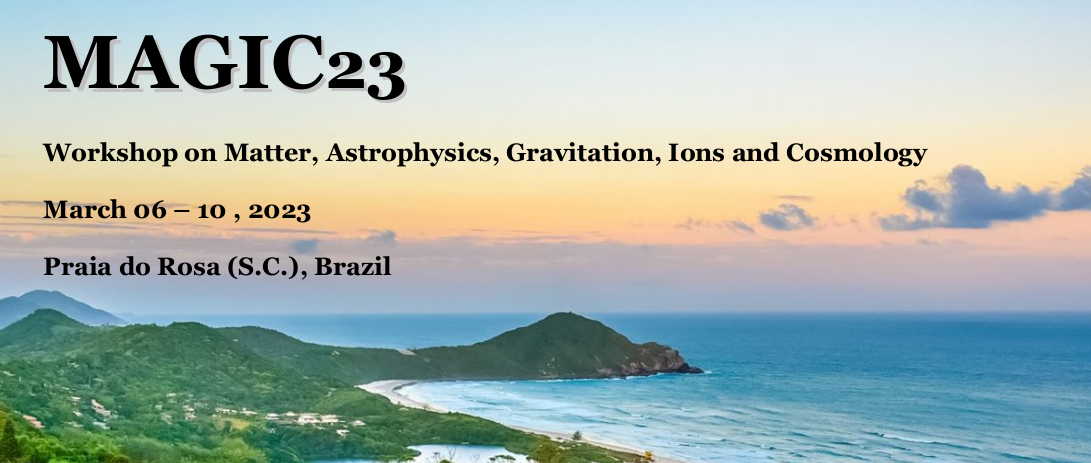Speaker
Description
Cygnus Region contains many objects that are bright in all wavelengths, including one of the most powerful active star formation regions as well as pulsars, and supernova remnants. One of them is γCygni SNR shell-type supernova remnant which is considered a middle-aged SNR. γCygni SNR has been intensively studied through multi-wavelength observations in radio, X-rays, and MeV-TeV energy ranges which aimed to reveal the explosion footprints and interactions with the surrounding medium. γCygni SNR has shell-like radio and X-ray structures of similar diameter but has a different morphology. The radio-emission is brighter towards the south-east and north-west of the shell than along the north-east south-west axis. Whereas the X-ray emission is mostly bright in the south-west. At GeV energies, the Fermi-LAT observed extended emission over all of the SNR radio shell. At TeV energies, the SHALON telescopes discovered extended emission with the main contribution to the very-high-energy γ-ray fluxes given by the regions correlated with the North-West and outh-East parts of the shell. The overall morphology of γCygni SNR was examined, to find spectral characteristics of TeV-detected regions and correlations with shocks at the locations of the interaction of the supernova ejecta and the surrounding medium.

